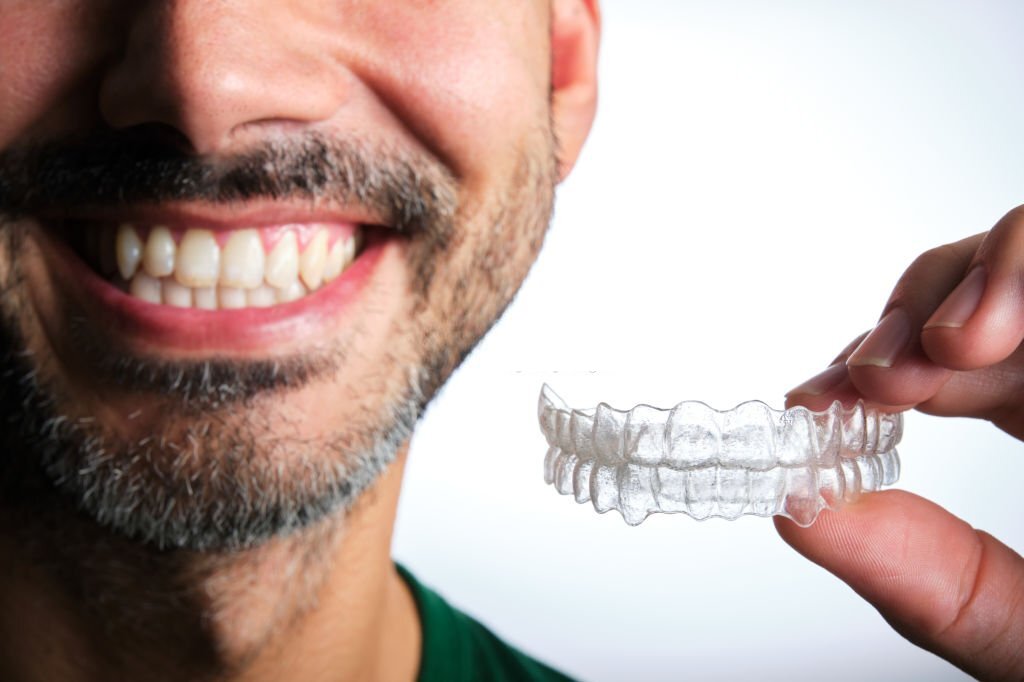Retainers and braces are among the most common orthodontic treatments based on your dental condition, teeth shift, healing, oral health, or diet.
However, most of us fail to consider the eruption of wisdom teeth when consulting an expert for orthodontic work.
As children, our second molars erupt, and the third molars, often called wisdom teeth, suddenly emerge between the ages of 17 and 21.
Besides, once we get used to having all our permanent teeth, the third molars, commonly called wisdom teeth, emerge abruptly. While this is where a majority of us visit a dentist for the first time in our life,
Therefore, if you’re also under a similar dilemma, asking yourself questions like “Can we get braces with wisdom teeth?” or “Do I need to get my wisdom tooth removed for braces?” might be your blog. Then, continue reading as we explore the different aspects of braces treatment and the other teeth.
The Confusion Around Wearing Braces & Wisdom Teeth
Likewise, people are frequently asked, “Is it possible to have braces and wisdom teeth simultaneously.” But, again, if it isn’t causing any problems, it’s rarely necessary to have wisdom teeth removed before receiving braces or Invisalign treatment. It’s also unlikely that when they eventually emerge, they’ll impair your straight smile.
Every patient is different and gets unique orthodontic treatment. For example, your dentist in Taylor might suggest a wisdom tooth extraction, or they may not. Ultimately, wisdom teeth removal is not an option for everyone and primarily depends on the alignment and current position of the other teeth.
Therefore, to eliminate such confusion about braces treatment, you might want to know the factors discussed in the blog below.
How Do Wisdom Teeth Work?
As the name suggests, ‘wisdom teeth’ are named after the fact that they tend to erupt in late adolescence or early twenties, when we are older and purportedly wiser. While wisdom teeth aren’t necessary to chew your food, they can be straight and healthy once they fully erupt and are properly aligned.
However, this isn’t always the case in reality, as they frequently erupt partially, crooked, or impacted wisdom teeth (stuck beneath the bone), making the entire eruption painful and uncomfortable.
Braces, Invisalign, and Wisdom Teeth
For years, wisdom teeth removal has been a safe and more suggested option by doctor’s Reputation. However, according to more recent research, wisdom teeth lack the energy necessary to erupt, so your Invisalign or braces results will not be reversed.
People often experience a change in how their teeth fit together around the time they obtain their wisdom teeth due to additional variables as well as the natural impact of their bite. Therefore, after orthodontic treatment, you should ensure that you wear your retainer as instructed, regardless of whether or not you keep your wisdom teeth.
Although it’s never too late to achieve your ideal smile, and many treatments of our braces and Invisalign in Taylor among patients are adults, the adolescent years are the most crucial.
When the permanent teeth erupt, the bones, jaws, and facial anatomy become visible.
With a teenager’s growing body, guiding the teeth and jaw into ideal positions can be pretty straightforward. Therefore, we do not recommend that patients begin orthodontic treatment after their wisdom teeth erupt. However, to better understand the position of all teeth, including the wisdom teeth, we always perform a thorough examination before braces or Invisalign and take x-rays before braces or Invisalign are applied.
You can still have wisdom tooth extraction if, in the uncommon event, they erupt while you’re wearing braces or aligners and there is a problem, such as an infection or pain.
What about older patients? If you already have wisdom teeth, can you still receive braces? No doubt. However, in some situations—which we’ll go into in a moment—having them extracted first might be advised.
When Should Wisdom Teeth Be Extracted?
The benefits of wisdom teeth removal as a preventative strategy have been discussed. However, when there are no issues with them, a wisdom tooth is frequently removed before they emerge to protect oral health in the future.
Although the research indicates that routine wisdom tooth removal won’t stop the crowding of the lower teeth, there are specific situations when wisdom teeth can’t erupt because of their position or the way they appear.
Your dentist will monitor the development of your wisdom teeth during regular checkups. Suppose they are partially or entirely affected or have an unusual placement that makes them difficult to clean. In that case, they may recommend you to an oral surgeon for wisdom tooth removal, especially if:
- The local soft tissue becomes infected or swollen.
- You feel discomfort
- The constant food and bacterial entrapment they produce results in cavities and gum disease.
- Impacted teeth’s roots might cause sinus pain or headaches.
- It seldom happens that benign tumors or cysts will form in the jaw.
- However, if impacted teeth are discomfort or impair oral health, a professional orthodontist won’t immediately send patients out to have their wisdom teeth removed before Invisalign or braces just “in case.”
Know More About Wisdom Teeth & Braces
While not everyone may face issues like swelling or feel the need for surgery during the eruption of wisdom teeth, it’s a common event if you need otherwise. Remember, surgery is only an option when things are severe or if your doctor has advised you. All the best!


